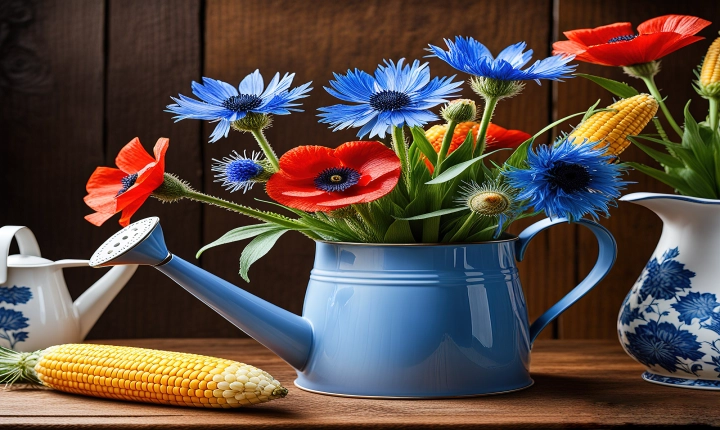Blending shapes in Adobe Illustrator can be a powerful tool for creating unique and visually appealing designs. Whether you are a graphic designer, illustrator, or just someone looking to add some flair to your projects, learning how to blend shapes in Illustrator can open up a world of creative possibilities.
To start blending shapes in Illustrator, you will need to have at least two shapes to work with. This can be any combination of basic shapes, such as squares, circles, triangles, or more complex custom shapes that you have created. Once you have your shapes ready, follow these steps to blend them together:
1. Select the shapes: Using the selection tool, click on the shapes you want to blend together. You can select multiple shapes by holding down the Shift key while clicking on each shape.
2. Access the Blend tool: Go to Object > Blend > Make or use the keyboard shortcut Cmd+Opt+B (Mac) or Ctrl+Alt+B (Windows) to bring up the Blend options.
3. Choose the blend type: In the Blend options, you will have the choice to create a smooth color transition between the shapes (Smooth Color), create a series of steps between the shapes (Specified Steps), or create a path that follows the shapes (Specified Distance). Select the option that best suits your desired effect.
4. Adjust the blend: After selecting the blend type, you can further customize the blend by adjusting the spacing, orientation, and other options in the Blend options dialog box.
5. Preview and confirm: Once you are happy with the blend settings, click OK to apply the blend to your shapes. You can always go back and adjust the blend options if needed.
Blending shapes in Illustrator can be used in a variety of ways to create interesting visual effects. For example, you can use blending to create smooth color transitions for gradients, create complex patterns and textures, or seamlessly merge different shapes into a cohesive design. Additionally, blending shapes can be a key technique for creating realistic shading and lighting in illustrations and digital artwork.
Beyond basic shapes, Illustrator also allows you to blend paths, strokes, and even text. This opens up even more creative possibilities, allowing you to create custom lettering, intricate patterns, and dynamic illustrations with ease.
In conclusion, learning how to blend shapes in Adobe Illustrator can be a valuable skill for anyone looking to add depth, texture, and visual interest to their designs. By mastering the blend tool and experimenting with different shapes and settings, you can unlock a new level of creativity and take your designs to the next level. Whether you are a seasoned Illustrator user or a beginner, blending shapes can be a fun and rewarding way to enhance your artistic projects.
